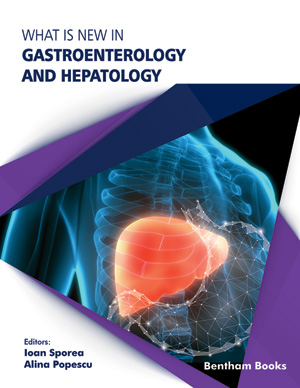Abstract
It is a close, bidirectional relationship between hepatic C virus (HCV) infection and chronic kidney disease (CKD). On one hand, HVC patients have an increased risk of CKD, the most frequent form being cryoglobulin-immune-mediated glomerulonephritis. On the other hand, CKD patients, especially those in dialysis units, have an increased risk of HCV infection, with an increased cardiovascular and allcause mortality. Direct acting antiviral agents (DAA) has revolutionized the treatment of HCV, including patients with CKD, dialysis, and kidney transplantation (KT). Patients with CKD stage 1-3b can be treated with any DAA approved regimen. In patients with CKD stages 4-5, including hemodialysis patients, there are three regimens approved: glecaprevir/pibrentasvir, elbasvir/grazoprevir and paritaprevir/ritonavir/ ombitasvir/dasabuvir. However, more recently, there are many pieces of evidence that, in spite of initial recommendations, Sofosvubir-based regimens can be safe and effective in patients with end-stage CKD. Many DAA regimens demonstrated very good results (sustained viral response – 98-100%) and very well tolerability in KT recipients, the main concern being drug-drug interaction between DAA and immunosuppressive therapy. One of the major challenges of the last years is the possibility to transplant an HCV- positive kidney in an HCV-negative recipient, with DAA treatment following transplantation, with the increase of the organ supply and the avoidance of long term dialysis complications. With preventive measures in dialysis units and DAA treatment in all categories of patients, the elimination of HCV infection in CKD patients can be a realistic goal.
Keywords: Chronic kidney disease, Direct acting antiviral agents, Hemodialysis, Hepatitis C virus, Kidney transplantation, Sustained viral response






















